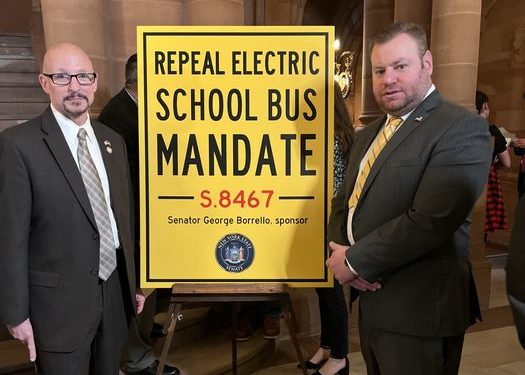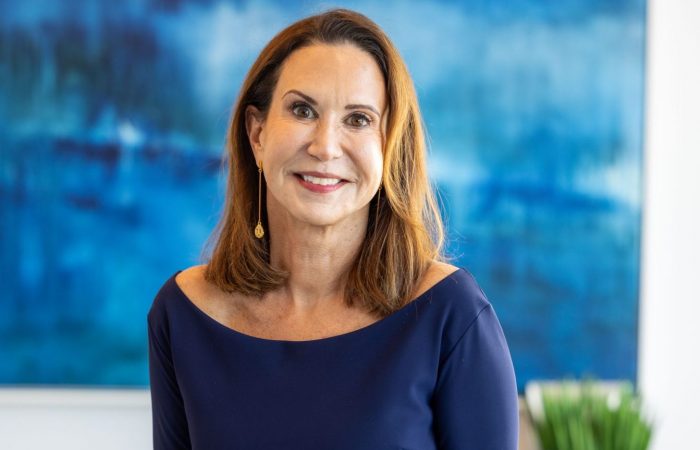By Rokah Sejour
Huntington Union Free School District Board of Education focused their second budget presentation Monday, Feb. 26, for the 2024-25 school year that highlighted the 1000/5000 series analysis and capital expenditures.
The current budget draft totals $152,828,294, a 4.43 present change from last year’s adopted budget. However, due to tax levy limits the budget is expected to decrease 3.83 percent and would total a budget of $151,955,866.
The transportation budget amounted to a total of $12,916,093, seeing an increase of 4.06 percent. The transportation or the 5000 series portion of the meeting discussed the three-year term with Beacon Mobility/Huntington Coach is set to expire in June of this year. The company is also planning to equip all buses and vans with video recording systems.
Though recording equipment is already in place on all the buses, the company is working with the district to test their parent app, which is a pilot program that would allow parents to be privy to the exact location of their child’s bus at all times by accessing a software through their phones. Parents would be able to see their child’s bus on the way and how far the bus is from their existing bus stop.
This program when implemented will be done via a slow rollout and is not expected to be launched by September of the 2024-25 school year.
The board also gave an update on a few of the summer 2023 projects like the completion of the Washington boiler room replacement, the Finley partial parking lot reconstruction, the Jack Abrams STEM partial roof replacement and the newly completed high school turf field.
Capital reserve funds
The district’s capital reserve balance is at a total of $5,014,347. This current budget proposal is anticipating a building aid ratio for the 2024-25 school year to be 0.398, which would be extracted from the capital reserve balance. The voter-approved cap for the capital expenditure is expected to be finalized by March 25.
The capital project proposals from the district five-year plan were on display in order of priority with the phase 3 of the Jack Abrams STEM building roof replacement due for implementation.
The cafeteria air conditioning, Huntington high school auditorium and visitor bathrooms, and Huntington primary schools window replacements were also among the priority list.
The Board of Education meeting can be accessed via the school district’s website, www.hufsd.edu/leadership/board.html.

















